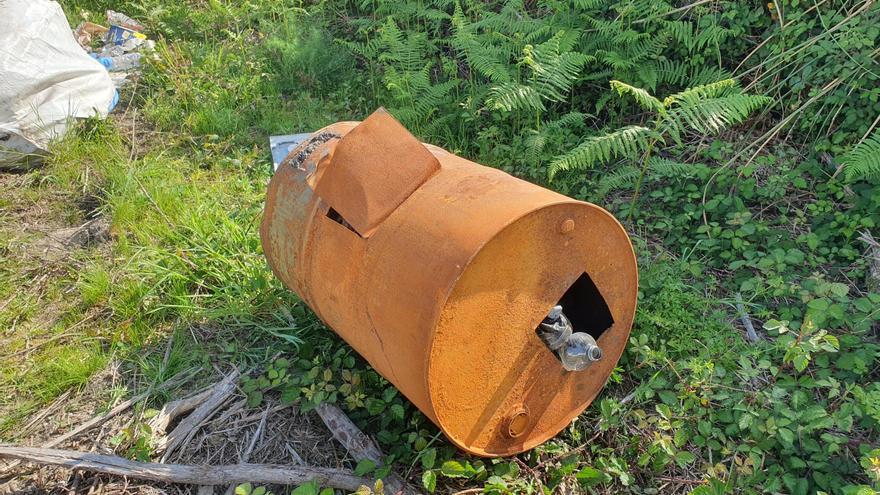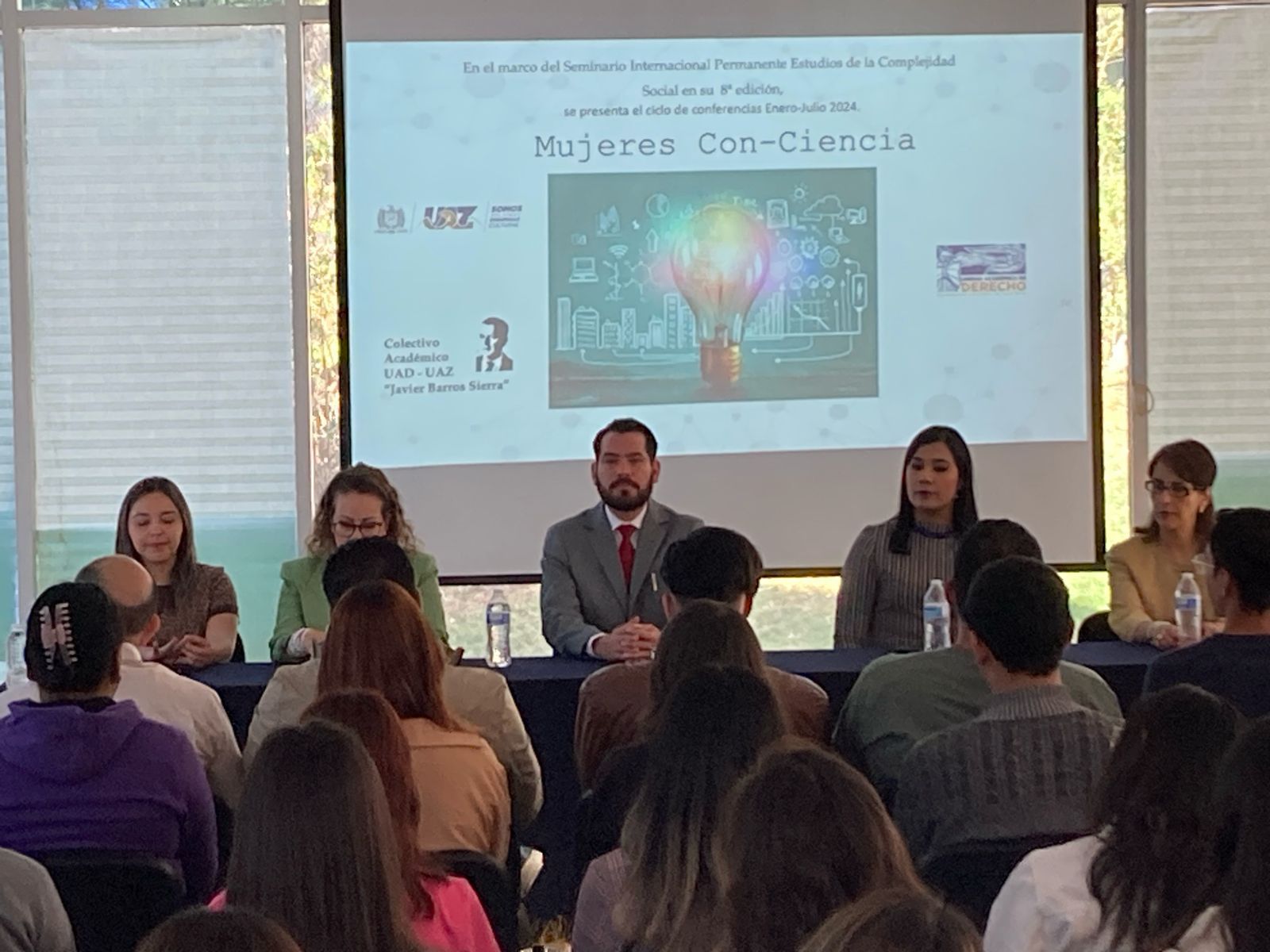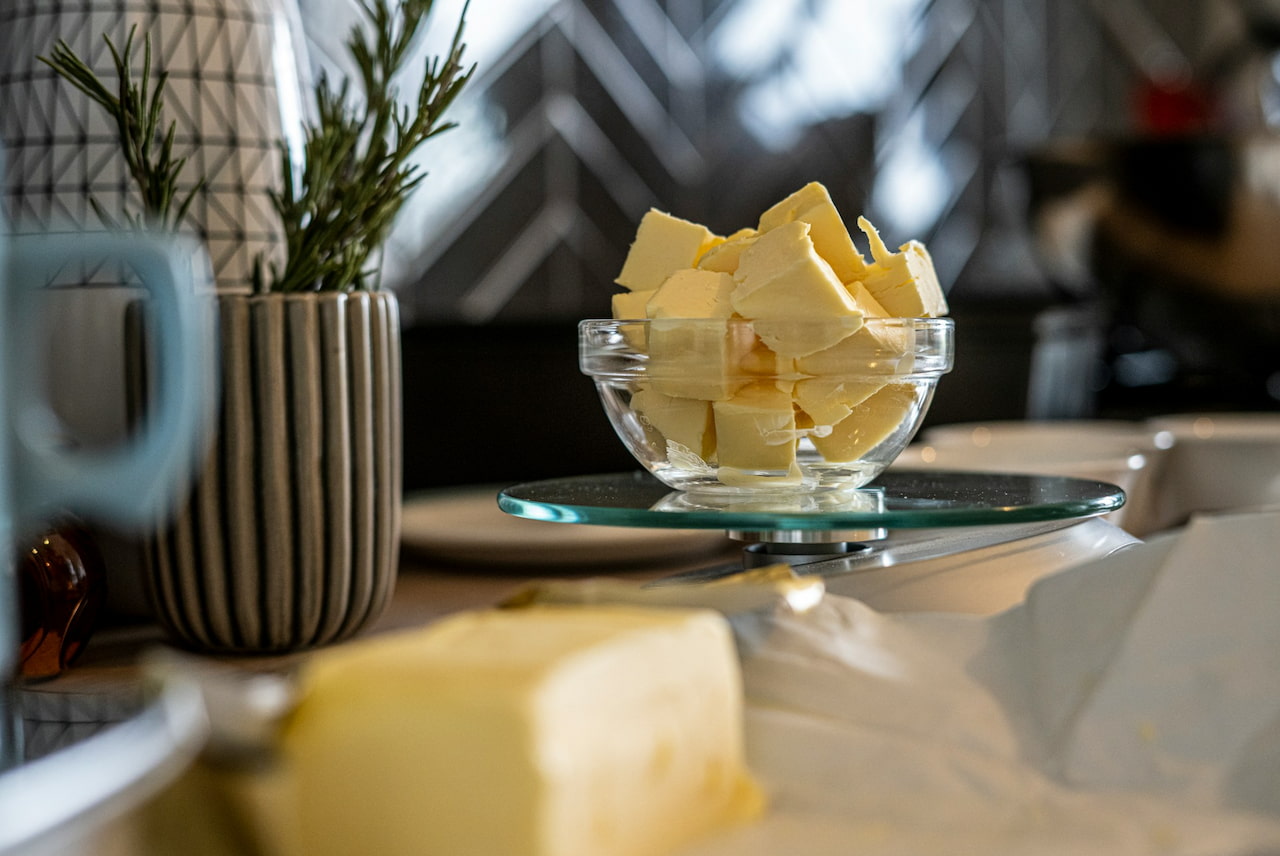Greengrocers hide the history of humanity. If a person asks for mandarins, for example, they are using a word coined by Portuguese merchants who sailed across the South China Sea in the 16th century. For those Iberian explorers, the mandarins were the bureaucrats of imperial China, trained under the teachings of Confucius. As they wore orange clothes, the fruits of that color also received the name of tangerines. However, the history of mandarins began much earlier, according to the biologist Manuel Talon (Valencia, 64 years old), member of an international team that has just illuminated the fascinating journey of mandarins around the planet.
More information
The researcher describes an environment of rainforests, inhabited by the ancestor of all citrus fruits, in the foothills of the Himalayas, a corner of the world today shared by China, India and Myanmar. Eight million years ago, a global cooling caused the displacement of those remote species. The ancestors of the lemon moved westward and their descendants eventually reached what is now Spain after the Muslim conquest of the Iberian Peninsula. Those that migrated east are the ancestors of mandarins, says Talón, director of the Genomics Center of the Valencian Institute of Agricultural Research, in Moncada (Valencia). In the Nanling Mountains, in present-day southern China, those still inedible proto-Mandarins began to diversify.
Citrus fruits “are very promiscuous,” explains biologist Manuel Talón
The new study has analyzed the genomes of 69 varieties of citrus and discovered the origin of an event that, in its own way, changed the course of humanity. In many wild citrus, pollen from a parent plant, its sperm, travels with bees to the flower of the mother plant. The result is a seed that will give rise to a new plant, with half of its genes from one parent and half from the other. 1.6 million years ago, however, in those mandarins of the Nanling Mountains, the gene for the apomixis, a behavior whereby the seeds only develop copies of the mother. “In the human being, it would be as if an embryo arose from some cells of the mother’s placenta. It would be a clone of the mother, ”says Talón.
Citrus fruits “are very promiscuous,” continues the biologist. Three years ago, his team published in the magazine Nature the citrus family tree from its origin eight million years ago. The researchers revealed another pivotal event: about 4,000 years ago, possibly on the banks of the Yangtze River, a pummelo tree [la especie madre del pomelo] pollinated an ancient mandarin tree, giving rise to edible varieties of mandarin. “The acidity was reduced, the amount of sugar increased and the size increased, because ancestral mandarins were a little larger than olives,” Talón details.
Apomixis, says the biologist, was “a dream” for the first farmers, who were able to perpetuate their favorite trees by generating perfect copies, without risking the lottery of genetic mixing with a parent. In the world there are more than nine million hectares planted with citrus, an area similar to that of Portugal. And all edible species – such as mandarins, oranges, grapefruits and lemons – resort to apomixis, an exceptional characteristic in the plant kingdom, thanks to that mutation 1.6 million years ago, which passed from species to species , favored long after by the first farmers. “Citrus fruits are an extreme matriarchy,” jokes the researcher.
The citrus family tree shows a true orgy between species. The sweet orange is the daughter of a pummelo and a tangerine. The lemon is the result of a bitter orange mother and a citron father, an aromatic fruit used in medieval medicine. “An edible citrus is a genetic mosaic, a mixture of characteristics selected for millennia and brought together thanks to apomixis”, Talón says.
The new analysis, published this Monday in the specialized magazine Communications from nature, has revealed the existence in the Nansei Islands (Japan) of a new species of wild mandarins, baptized Citrus Ryukyuensis. Their ancestors would have come to the archipelago about five million years ago, coming from the Chinese mountains of Nanling, the cradle of all mandarins.
Biologist Manuel Talón has worked with a team of seven Japanese and American scientists, including Fred gmitter, from the University of Florida. The worst plague of citrus, the Huanglongbing or Yellow Dragon, caused by a bacterium of Asian origin, has devastated the trees of Florida. The production of oranges for juice in the USA plummeted 72% between 2008 and 2018. Gmitter’s group believes that in the Citrus Ryukyuensis The secret to creating citrus resistant to the deadly Huanglongbing could be found.
Talón remembers the rest of the story. The oranges that the Muslims brought to al-Andalus in the 9th and 10th centuries were bitter, like those found today in the streets of Seville. “In the 15th and 16th centuries, sweet oranges arrived, already edible, probably on the Portuguese ships,” adds the biologist. In 1805, at last, the British horticulturist Abraham Hume introduced in Europe the mandarins, coming from the Chinese city of Canton, after a journey that had begun eight million years before.
You can follow MATTER in Facebook, Twitter me Instagram, or sign up here to receive our weekly newsletter.

/cloudfront-eu-central-1.images.arcpublishing.com/prisa/Q22OVDLSYNF3DBDD3SZWT3CRKA.JPG)



